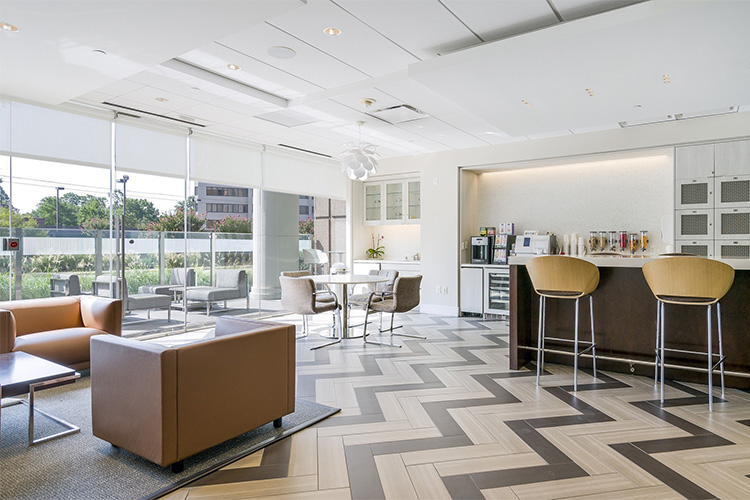6 Common Places Fires in Buildings Begin
May 20, 2022
Read the full original article here >
Office space fires can be catastrophic. Even if they occur when no occupants are in the building, a fire can cause significant damage to equipment, workspaces and the building’s structure, causing a company significant time and money to reopen.
Fire suppression systems can go a long way toward helping to eliminate this very real threat. But many building owners aren’t aware of how to install these systems so that they work more efficiently.
While ideally, you would want a fire suppression system to cover the entire building, sometimes retrofitting can be difficult and costly. In those instances, you may want to focus the bulk of your efforts on areas more prone to fires. Ensuring that these areas have both active and passive suppression systems installed can help protect the building as a whole.
While it’s important to ensure that the entire building is protected, putting your focus on the following six areas can better ensure your success.
1. Kitchen
Cooking is the leading cause of fires in both commercial and residential buildings. This can be caused by any number of factors including human error such as leaving a pan on the stove too long or mechanical error, such as a toaster, stove or coffee pot malfunctioning.
While most people associate cooking fires with restaurants, any building that has a kitchen area is at risk. This includes employee breakrooms that only have a microwave and coffeemaker installed; both appliances can cause fires either due to improper use, simple error or appliance failure.
With this in mind, it’s always a good idea to focus fire suppression efforts in the kitchen area. Smoke curtains and other passive systems can help eliminate risks.
2. Electrical Systems
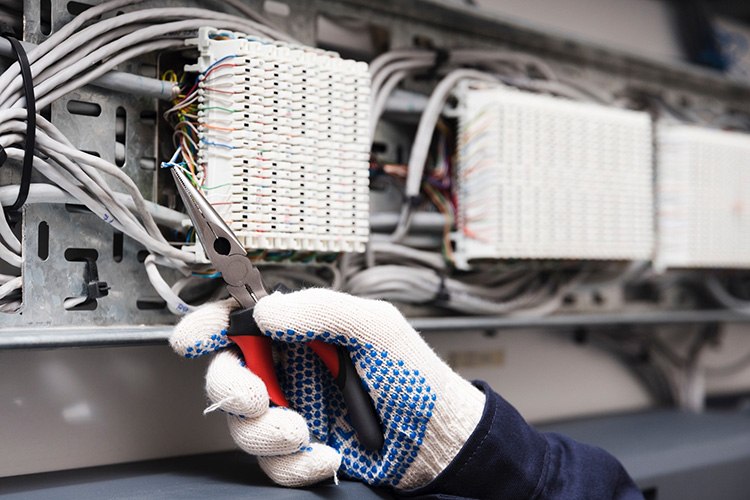
Electrical fires are also a common issue in commercial buildings. Like kitchen fires, the issue can often be due to many factors. User errors account for a significant number of fires due to improper use of extension cords or the continued use of frayed cables or out-of-date equipment.
Electrical system fires can also be caused by system malfunctions. This is more often due to faulty wiring and improper servicing of the electrical equipment.
Staying on top of proper maintenance and instructing employees in the proper use of their equipment can go a long way toward mitigating the risks from electrical fires.
3. Smoking Areas

While most commercial buildings no longer allow smoking in offices or common areas, many still have smoking areas located just outside or adjacent to the building. While these areas may not be indoors, they still pose a risk of fire that can impact the building as a whole.
While smoking rates have decreased, cigarettes, lighters, matches and smoking paraphernalia are still one of the highest causes of building fires. Moving smoking areas further away from buildings, ensuring that they’re surrounded by fireproof materials, and installing things like smoke or fire curtains over the windows and doors located nearby can help mitigate the risks associated with smoking-related fires.
Ensuring that no employees light up indoors can also make a big difference. If you do have a smoking area indoors, make sure that it’s completely outfitted with both passive and active fire suppression systems to help eliminate any associated risks.
This means ensuring that the walls are made of fireproof materials, there’s proper ventilation and sprinkler systems, and that any doorways, adjacent stairwells or elevators are all outfitted with smoke curtains.
4. HVAC System
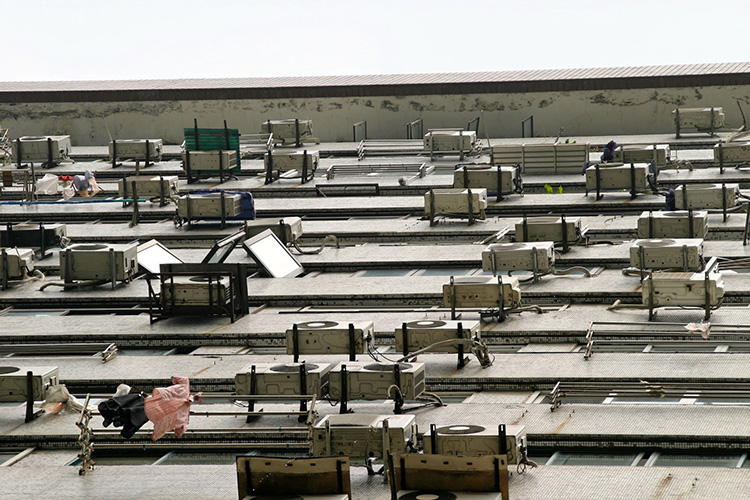
Heating systems are also a significant fire risk for commercial buildings. This can be due to improper maintenance, system malfunction and, in rare cases, user error. HVAC systems have filters that must be changed regularly; a build-up of dust, hair and debris on the filter makes the system work harder, which can cause it to malfunction or catch fire.
In addition, debris and dirt build-up in the ducts can also pose a fire risk over time, as can blocking vents with flammable materials.
If your building uses other sources of heat, such as space heaters or baseboard heaters, you may have further risks of fire from these as well. Improperly used and maintained space heaters can be a major risk for office fires.
Proper annual servicing of your HVAC system can help mitigate these risks. Discouraging employees from bringing in supplementary heating systems, such as portable heaters, can also help lower the overall risk.
5. Storage Areas
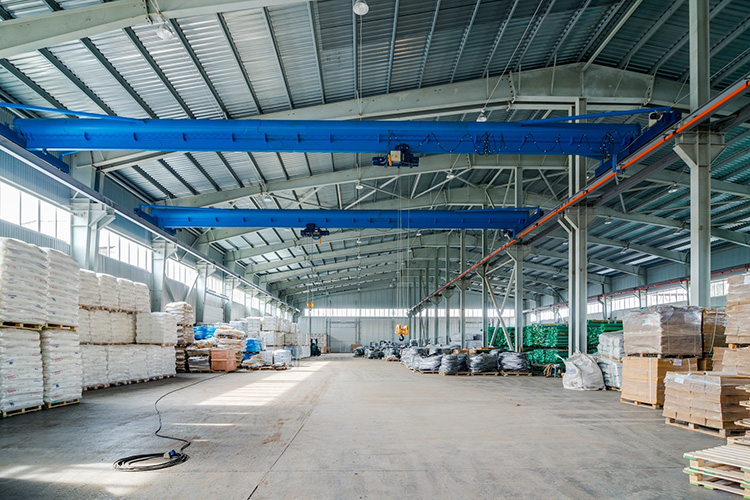
Storage areas in many buildings can be a significant source of fire risk, particularly if your company stores any form of combustible liquids, cleaners or other materials there. These areas frequently become the dumping grounds for flammable materials like paper or cardboard, as well as for things like leftover paint, propane or gas, or flammable cleansers. If not properly stored, these items pose a fire risk.
In most instances, it’s user error that accounts for fires starting in storage areas, but sometimes they can also be ignited by a stray spark from electrical malfunctions as well. Making sure that all storage areas are surrounded by passive suppression systems including smoke curtains, and active systems including sprinklers can also help mitigate these risks.
6. Office Spaces
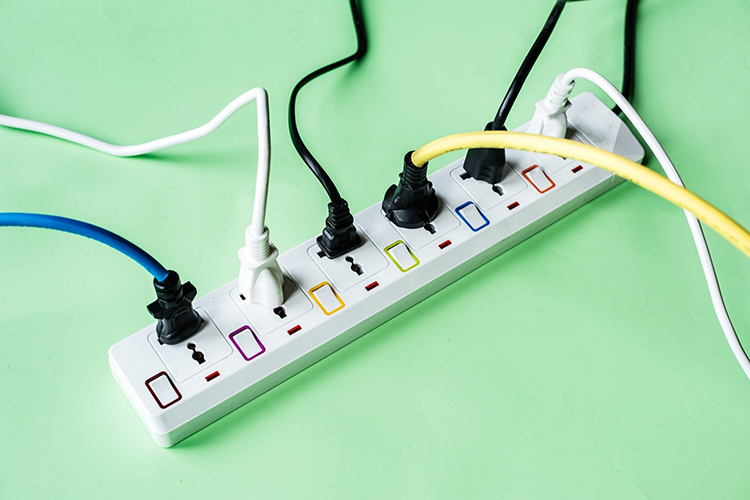
Unfortunately, many commercial building fires also start in office areas. This is most commonly due to user error, but in some instances may also include malicious acts such as arson.
Papers left on top of a heater or on top of a computer, frayed or older power cords, overloaded power strips or office appliances like coffee makers can also pose fire risks.
While it can be difficult to prevent these types of fires from occurring, it is possible to help prevent their spread to the rest of the building.
Isolating the offices with passive fire suppression systems and making sure that every office has sprinklers, smoke detectors and extinguishers on hand can go a long way toward helping any office fires that break out from spreading to the entire building.
Protect Your Building
By identifying your building’s biggest threats from accidental fires, you can take more effective steps to both help prevent them and to help minimize the amount of damage that occurs if they take place. Analyze your building to help discover the risks, and make sure that you’re protected in the event of a fire.
To discuss additional ways to protect your building and occupants, contact Smoke Guard today to speak with an expert.
@smokeguard #smokeguard #firesafety #firecurtain #smokecurtain
Company: Smoke Guard, Inc.
Source: https://smokeguard.com/blog/2019/september/25/6-common-places-fires-in-buildings-begin
Tags:


